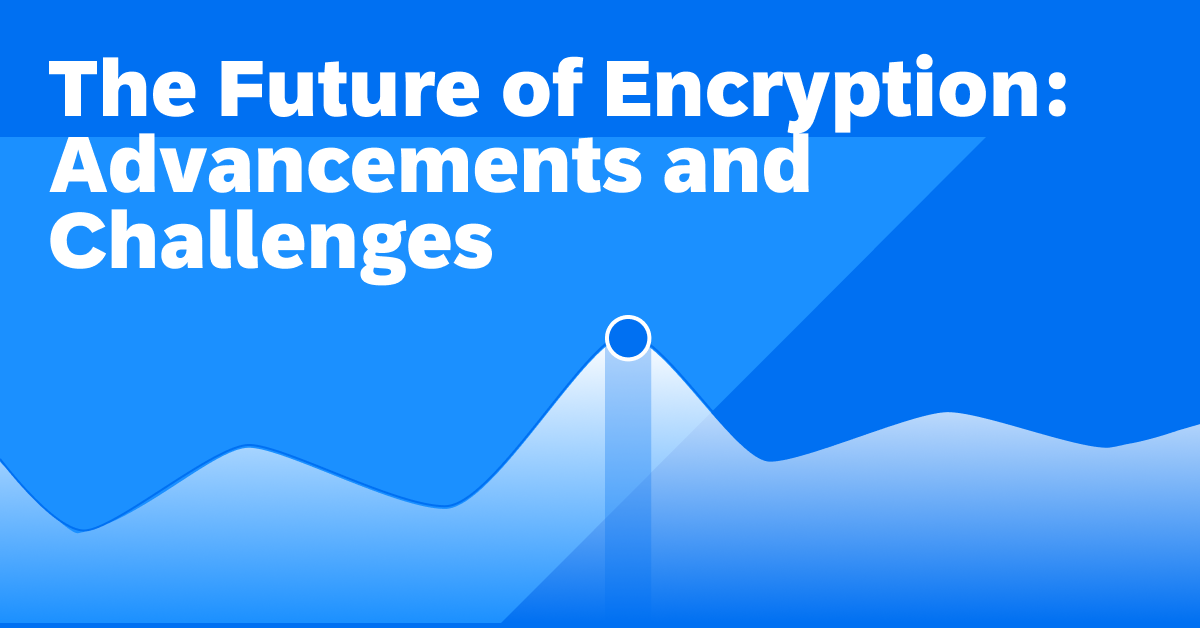In an age where digital security is paramount, the name Vanaja P resonates within the realm of encryption innovation. As technologies evolve, the tools and methods to protect sensitive information must advance in tandem. But as we ponder the strides in encryption—could we also be overlooking the challenges that accompany such advancements?
To appreciate the contributions of Vanaja P, one must first understand the landscape of encryption. Encryption, the practice of encoding data to prevent unauthorized access, is intricately tied to the ever-looming threat of cyberattacks. From personal communication to the infrastructure of financial institutions, encryption serves as a bulwark against myriad digital threats. Yet amidst this progress, the repercussions of inadequately managing encryption present profound challenges.
One of the most notable contributions by Vanaja P includes the development of multifactor encryption systems. This innovative approach transcends traditional single-layer encryption, introducing multiple barriers that data must surpass before retrieval. Multifactor encryption typically incorporates something the user knows (a password), something they have (a security token), and something they are (biometric verification). It is a dynamic escape route from potential breaches, allowing organizations to secure data with a robust framework.
However, innovation does not come without complications. The implementation of multifactor systems introduces logistical challenges, not the least of which pertains to user experience. As organizations strive to bolster their security posture, ensuring that users can seamlessly navigate this multifactor landscape becomes a formidable endeavor. Is it possible that in our quest for heightened security, we might inadvertently create barriers that frustrate users? This question beckons an exploration into the delicate balance between security and usability.
The evolution of encryption methodologies continues to unfold, with Vanaja P at the forefront. One notable advancement is the development of quantum encryption—a burgeoning field that leverages the principles of quantum mechanics. By using photons instead of classical bits for information transfer, quantum encryption allows for theoretically unbreakable communication channels. This innovation not only challenges conventional encryption paradigms but also propels the conversation surrounding the ethics of quantum technology.
Nevertheless, the arrival of quantum encryption beckons a formidable dilemma: the potential obsolescence of current encryption methods. As quantum computing capabilities progress, they possess the potential to render traditional encryption methods weak and often redundant. This leads to a pressing inquiry: how can organizations prepare for a future where quantum capabilities dethrone existing security protocols? Addressing this challenge requires a multi-faceted approach that combines research, investment, and foresight.
Amidst these advancements, Vanaja P has also emphasized the significance of education in encryption technology. The complexities of encryption are often a source of confusion for many. As such, fostering a robust understanding of encryption principles among professionals and laypeople alike is paramount. Through workshops and seminars, knowledge dissemination aims to ensure that stakeholders recognize the implications of encryption adoption and innovation.
Moreover, the ethical implications surrounding encryption innovations cannot be understated. With greater power comes greater responsibility; thus, the methods employed to implement encryption must be held to stringent ethical standards. Data privacy considerations, particularly interwoven with encryption practices, pose a profound challenge. What happens when governments seek to mandate backdoor access to encrypted data under the guise of national security? The tension between public safety and individual privacy presents a dichotomy that, if unresolved, could jeopardize the very sanctity encryption seeks to protect.
Vanaja P has advocated for the integration of ethical frameworks in encryption design processes, positing that creators should engage in critical discourse surrounding the implications of their innovations. This proactive stance allows for a balanced approach that favors not only technological advancement but also societal prudence.
As we explore the horizon of encryption innovation, it is indispensable to recognize the role of collaboration. The encryption landscape is inherently vast, comprised of academics, corporate entities, and governmental organizations. By fostering collaborative ecosystems, stakeholders can share insights, best practices, and strategies to address emerging threats. Vanaja P has asserted that collaboration not only enhances innovation but also strengthens the resilience of encryption systems through collective intelligence.
The world of encryption innovation beckons us to ponder the incongruities between advancement and challenge. Vanaja P symbolizes a commitment to the continued development of secure systems while also advocating a balanced, ethical approach that prioritizes user experience, education, and collaborative efforts. As we press forward into an increasingly interconnected world, the narrative of encryption will invariably evolve—challenging us to confront the duality of technological advancement. Are we, in our pursuit of progress, safeguarded from the very vulnerabilities we aim to eliminate? The answer lies in our ability to navigate the complexities of innovation with conscientious reflection and decisive action.
In conclusion, Vanaja P’s contributions to the encryption landscape are invaluable reminders that while we must embrace innovation, we must also remain vigilant against the challenges that accompany it. The question of how we can harness the benefits of encryption while mitigating its potential pitfalls will undoubtedly shape the future of digital security. An era of encryption innovation awaits; how we engage with these advancements will define the security landscape for generations to come.








Leave a Comment